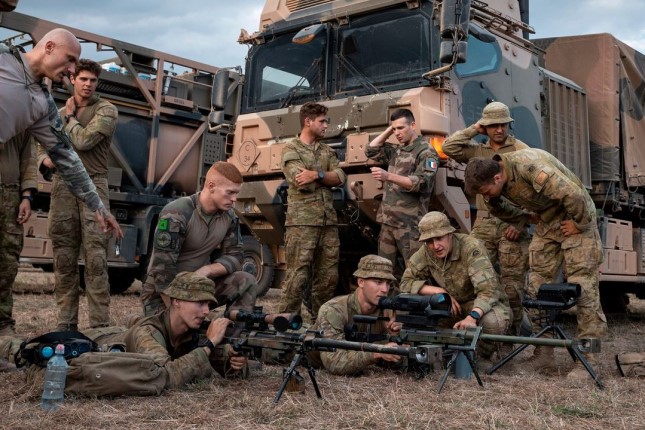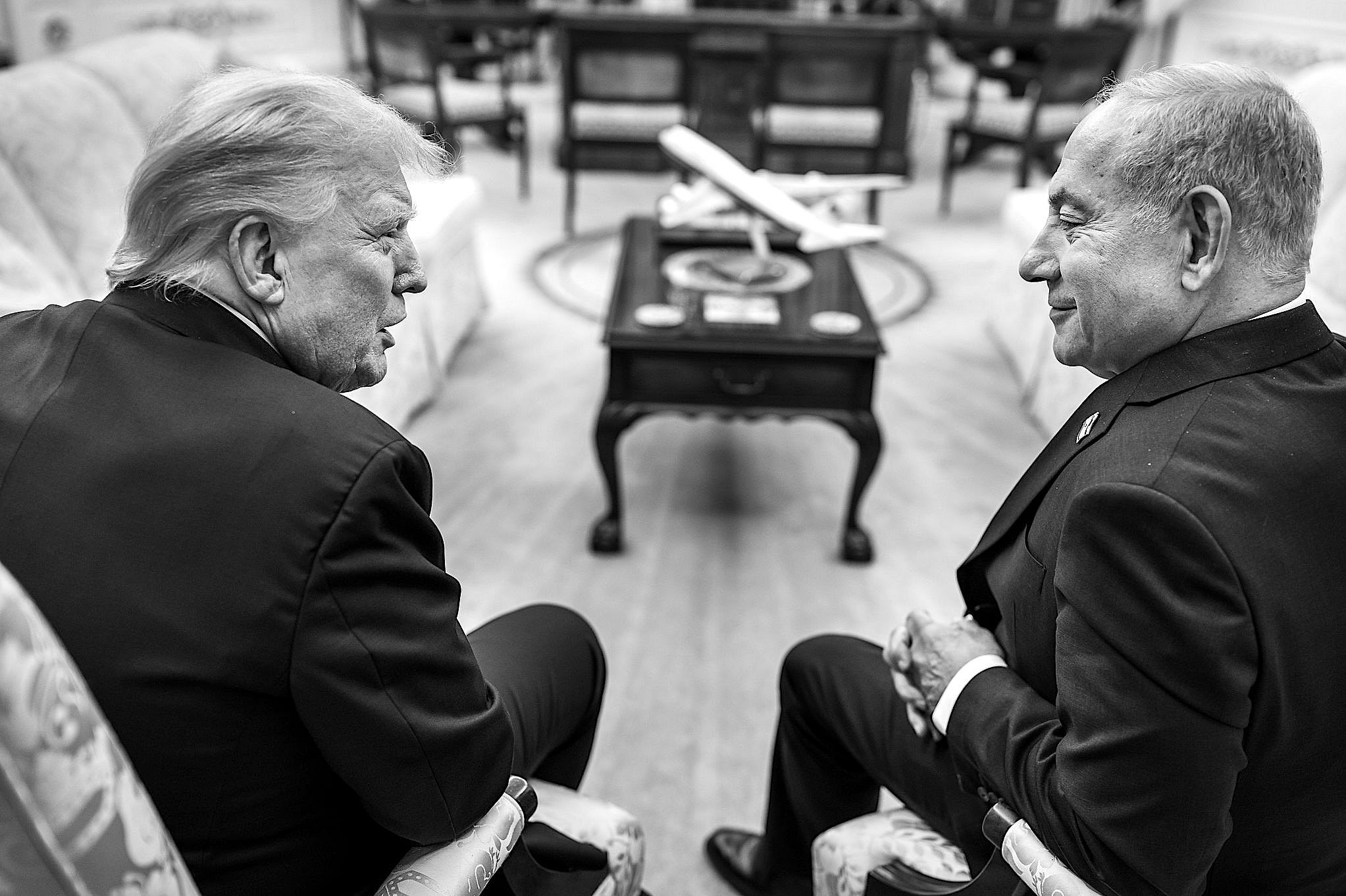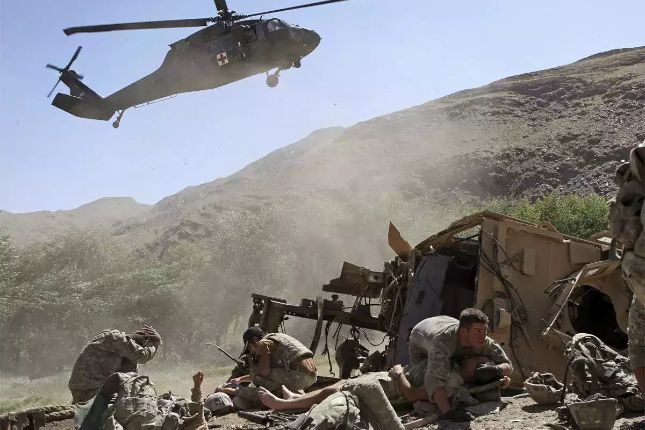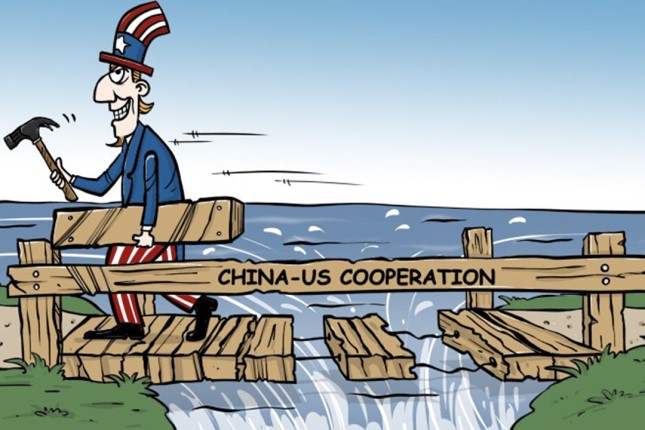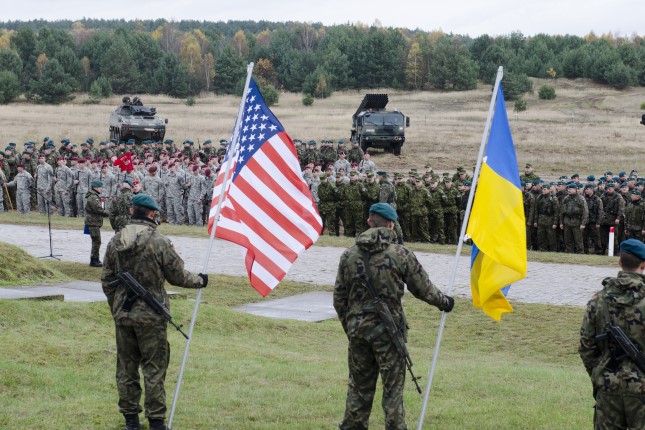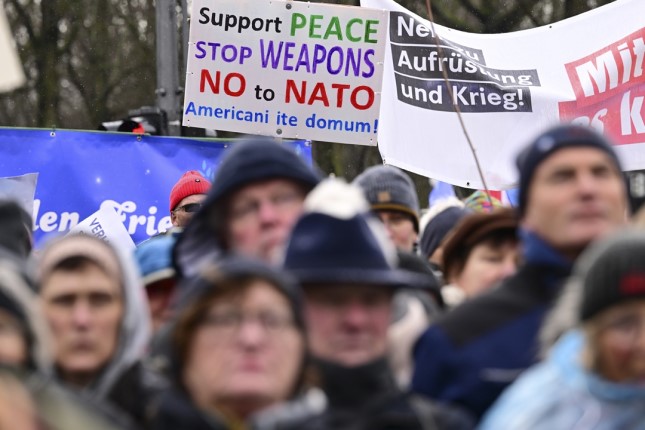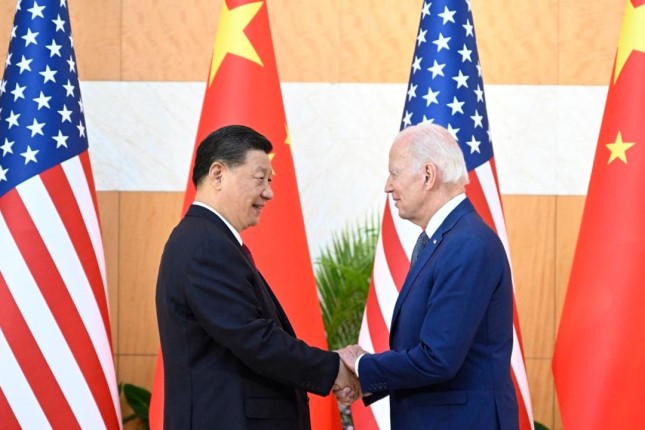The biennial Talisman Sabre war games, held over the past eighteen years, have been expanded into what is probably one of the biggest military operations to have occurred in the southern hemisphere in decades.
Official information about Talisman Sabre from the various branches of the defence force and the federal Labor government is scanty and of a promotional character. The limited details are shrouded in deliberately opaque military jargon to prevent the population from having much knowledge of what is going on or what its purpose could be.
From what has been released, however, it is clear that Talisman Sabre is nothing less than a dress-rehearsal of a full-scale war against China. This is in line with the global strategy of American imperialism, for conflict with Russia, and above all an aggressive confrontation with China, which is viewed as the chief threat to US global dominance.
The operation is to last for two weeks, beginning tomorrow.
There is nothing defensive or cautious about Talisman Sabre. Instead, its centerpiece is the movement of vast troop personnel and military equipment across the Australian continent, and then on sea, to simulate an offensive operation against an area that an adversary is denying access to. The fictitious enemy has been dubbed “the Olvanian,” but everyone involved knows that is simply code for China.
Defence News, an industry publication, gave a chilling indication of what is being simulated. The core mission of Talisman Sabre will be “a joint logistics over-the-shore exercise where the [American] Army will take 17 M1 Abrams tanks off of its Army Prepositioned Stock Afloat ship and onto watercraft as well as 400 pieces of rolling stock, which has never been exercised at this size in the theater.”
Then the “watercraft will land on an undeveloped beach” and the Abrams, one of the premier land forces of the US army, will “roll off,” prepared to fight an enemy. According to other sources, this will be an integrated “land, air and sea incursion.”
In any language, this is plainly an invasion. The US and its allies are preparing for an offensive operation in the Indo-Pacific on a vast scale, under conditions where they have transformed Taiwan into a flashpoint for a potential war with China, as well as the South China Sea, where limited artificial islets constructed by Beijing have been subjected to hysterical condemnation.
The exercise could be a preparation for operations in either of those theaters, or elsewhere in the Indo-Pacific where a war would inevitably have a substantial maritime component.
The location of the mock invasion raises particularly sinister possibilities. The target is Norfolk Island. While it remains an Australian territory, Norfolk is 1,412 kilometres from the Australian mainland. It is in the South Pacific, between New Zealand and New Caledonia.
The South Pacific has emerged as a key focal point of the US confrontation with China. Moves towards closer ties with China by the tiny and impoverished island states in the region have been met with threats and intimidation. In the case of a security pact between Beijing and the Solomon Islands revealed last year, this included threats of an unspecified US military response. Leaders in the region will doubtless be looking anxiously as a nearby island is subjected to a full-scale mock invasion.
In the lead-up to this finale, US stocks and supporting allied military infrastructure are to be traipsed around a substantial section of the Australian continent. Defence News explained the context: “Top military officials have said the region will require the Army to adapt its approach to logistics, and the service is standing up a team focused on enabling the deployment of troops and large amounts of equipment even in constantly contested environments.”
Brigadier General Jered Helwig, the Army’s 8th Theater Sustainment Command commander, said that “the most valuable way to bolster logistics in a contested environment is to exercise it.”
In other words, the logistical component of Talisman Sabre is not only a passive demonstration of existing capabilities. It is an active attempt to bolster those abilities and to develop the logistical mechanisms and pathways to sustain a protracted conflict.
That, together with the launching of a long-range armada into the Pacific, underscores the fact that describing Talisman Sabre as simply a “war game” is an understatement. It is a military operation that itself heightens the danger of an imminent conflict in the region.
When it began, Talisman Sabre essentially involved the US and Australia, together with very limited cohorts from allied states in the region.
It is now a global operation. Of particular significance is that for the first time ever, German military forces are participating, with 170 paratroopers taking part. Germany is at the very centre of the remilitarisation of Europe. It is throwing off the “shackles” imposed by its horrendous crimes in World War II, and is among the chief protagonists of the US-NATO proxy war against Russia in Ukraine.
German involvement in Talisman Sabre is in line with a stepped-up push by NATO into the Indo-Pacific. That was a key theme of the recent NATO summit in Lithuania, which, in addition to preparing the next escalation in Ukraine emphasised the interrelationship between the aggressive confrontations with Russia and China.
German army chief, Lieutenant General Alfons Mais, told the Australian Broadcasting Corporation, “We want to send a message that we are interested in what's going on here, we want to portray ourselves as a reliable partner, where we share common values with Australia and other partners in the region.”
Japan, another World War II power that is rearming, is central to the US war drive against China. Last week, its troops carried out their first live fire exercises on Australian soil, alongside US marines and Australian soldiers, in one of a series of lead-in operations to Talisman Sabre.
Now, as part of Talisman Sabre, they are to conduct a live fire demonstration of a Type 12 Surface-to-Ship missile. The anti-ship system, with a range of up to 200 kilometers, would play a key role in maritime warfare in the Indo-Pacific. Unbelievably, the live fire exercise is to take place in Jervis Bay, a quiet coastal town close to Sydney, popular with tourists and retirees.
South Korea is also a key ally in the US push against China. It too will be firing advanced weaponry, with its troops having brought to Australia a “Chunmoo multiple rocket launcher system.”
The Japanese and South Korean firing drills are among “40 firsts” that Talisman Sabre coordinators have touted.
Other states, including from south-east Asia, such as Indonesia, are taking part, as the US and Australia seek to corral them onboard with the US confrontation against China.
The live-fire drills also underscore the geographical broadening of Talisman Sabre. In all previous iterations, it has been concentrated to a fairly limited section of northern Australia, which has a relatively small population and is already heavily militarised to serve as a launching point for war in the Indo-Pacific.
But now, US and Australian forces will set up a joint command in Brisbane, one of the country’s largest cities, for the duration of Talisman Sabre. The Jervis Bay operation shows that the exercise is extending far down the east coast, past Sydney. Military planes are also to fly over the regional centre of Newcastle, several hours north of Sydney.
Western Australia is involved on the other side of the continent, underscoring the breadth of the activities.
A large section of the country, in other words, has been turned into the scene of a military operation, without the population having been informed, let alone had the opportunity to provide a democratic mandate. Dangerous weapons systems are to be tested, some for the first time.
The potential for things to go wrong is clear. It was indicated by a seven-car pile-up in the northern Queensland city of Rockhampton this week. One of the vehicles was a semi-trailer carrying a military tank. The site went up in flames, which the authorities stated was a result of fuel. But they also took the unusual step of establishing an exclusion zone, while military police were rapidly on the scene.
This advice on the defence department’s official website is hardly likely to set minds at ease: “TS23 will involve the use of weapons and explosive ordnance. The public should not handle weapons or touch ammunition and ordnance.”
The exercises underscore several related processes. The US and its allies, including Australia, are undeniably preparing for war with China. As the Talisman Sabre mock invasion makes clear, this is an offensive, not defensive conflict that is being planned.
Australia is on the frontlines. The transformation of the continent into a giant military base for offensive US-led operations throughout the region is already far advanced and is being rapidly accelerated by the current Labor government.
And none of this is compatible with democratic rights. It would be entirely legitimate to ask whether a state can be described as democratic, even in a limited sense, while it is overrun with tens of thousands of soldiers simulating war across much of the continent in brazen defiance of widespread popular hostility to militarism and war.
Photo: Some of the thousands of Australian Army troops involved in Talisman Sabre 2023 © Talisman Sabre Facebook.
Source: World Socialist Web Site.
